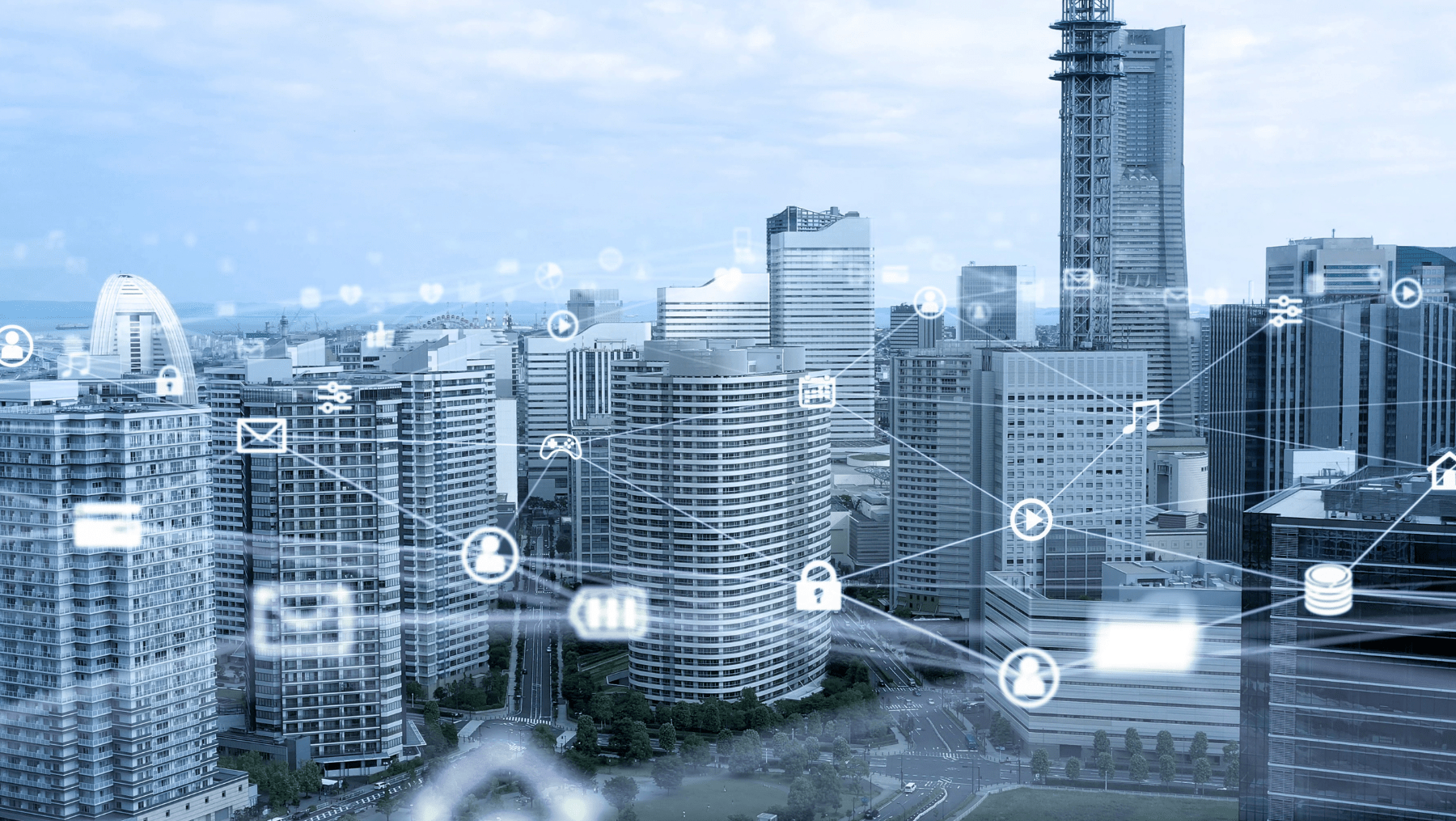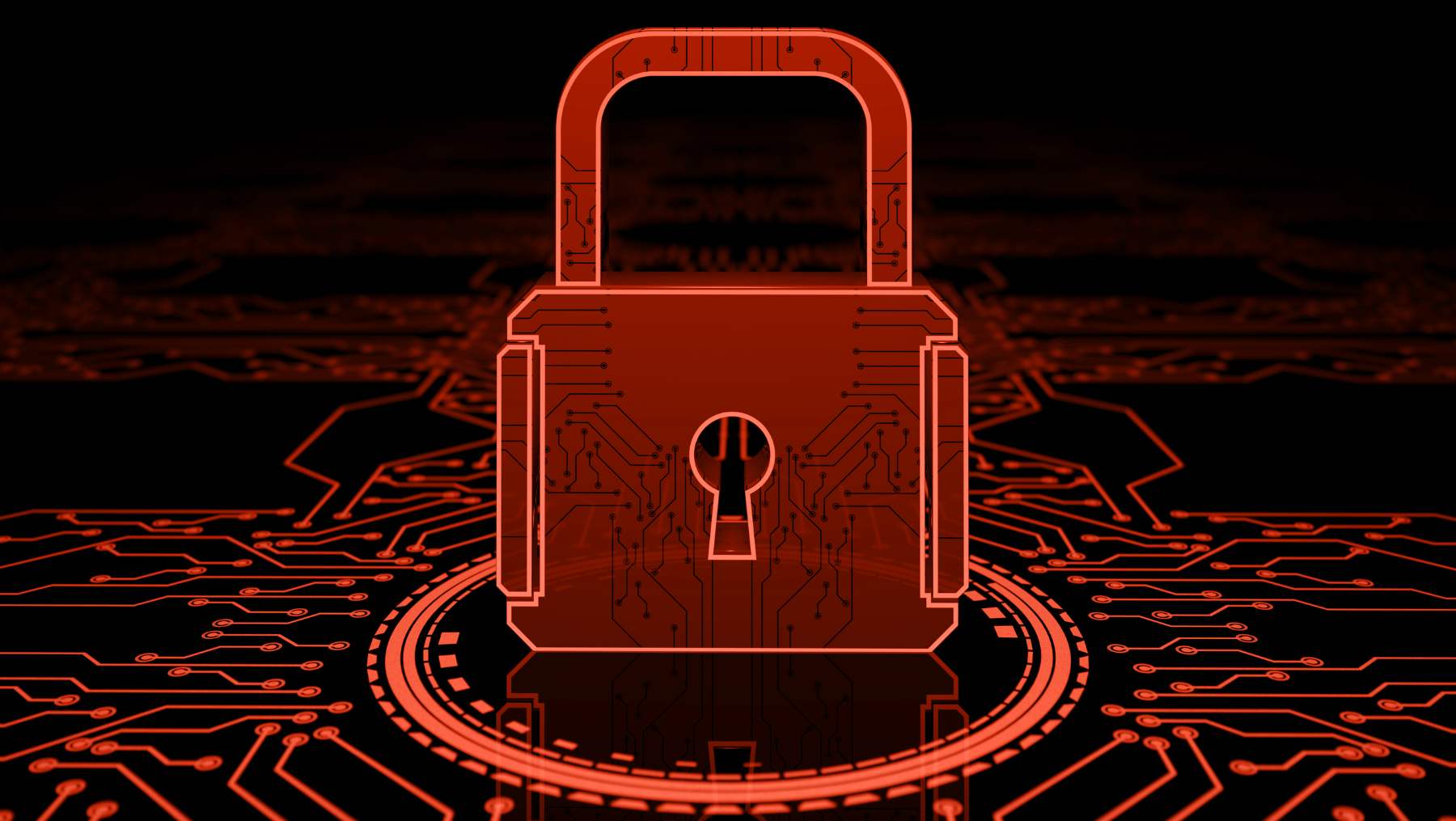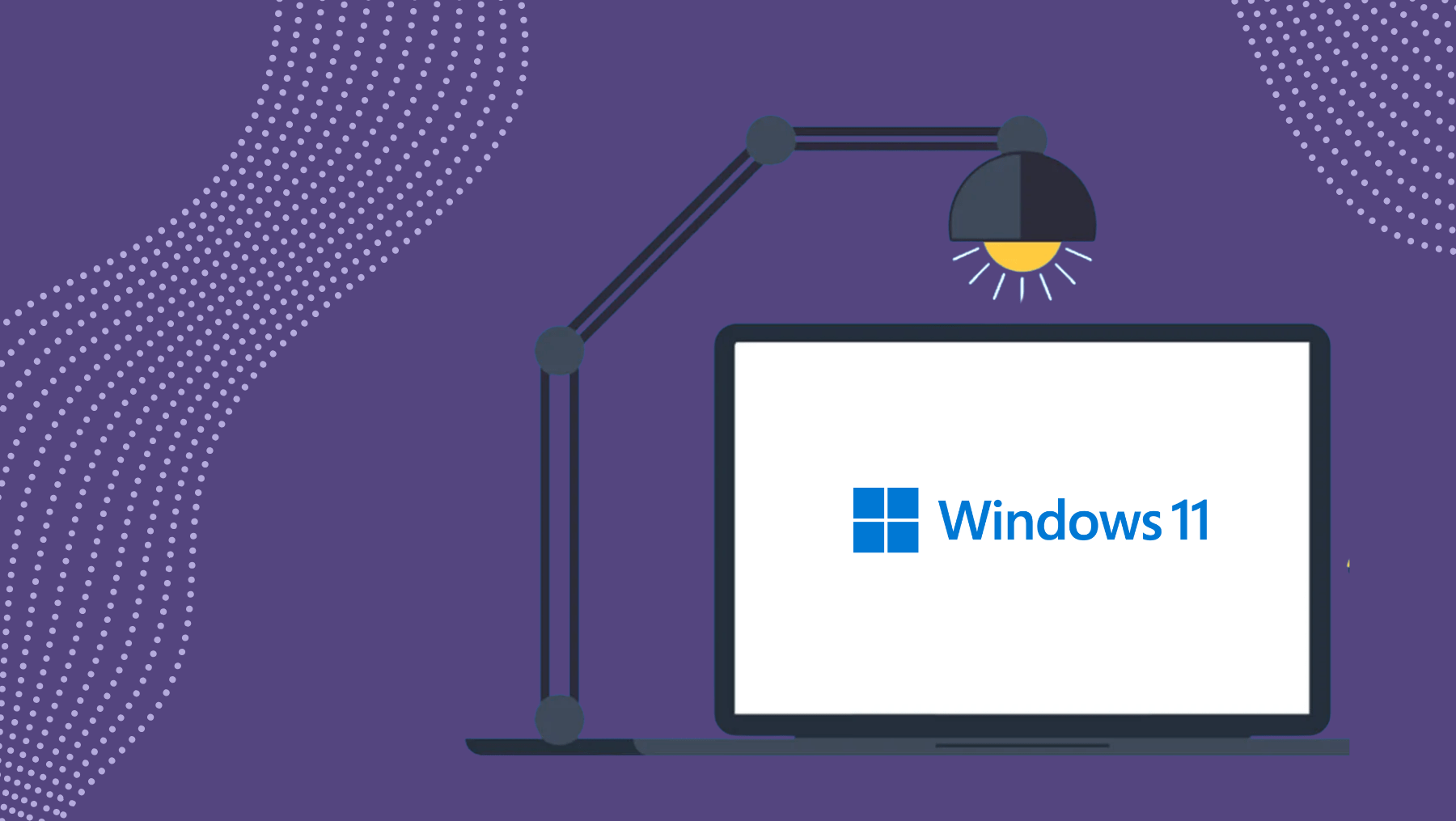If there’s one challenge that has consistently plagued retailers, it’s employee productivity. We are living in an era of innovation and connectivity, known as the Internet of Things (IoT). The High Street now has access to a myriad of devices and solutions designed to not only enhance the customer experience but also boost employee productivity. By implementing IoT, supported by a reliable and robust network, businesses can easily meet two of their most crucial goals.
The information for this blog was provided by Gamma. You can read the full story here
The IoT Revolution
In case IoT is a new concept to you, it essentially refers to a network of devices connected to the Internet, designed to share data and information with other IoT technologies. These devices are equipped with sensors and actuators that allow seamless data sharing, ranging from a smartwatch tracking a heartbeat to sensors monitoring soil moisture levels in fields. Experts predict that by the end of 2024, the number of IoT devices worldwide will exceed 207 billion, showing no signs of slowing down.
We’ve already seen the IoT revolution begin in our homes with connected devices that control lighting and heating, and this transformative power is certainly being felt in businesses. For example, IoT has made significant impacts in healthcare with real-time health monitoring and remote patient access, as well as in our cities through traffic control, smart street lighting, and sustainability insights.
The ability to collect data and act on these in-depth insights means multiple industries have seen incredible boosts to their overall efficiency. Retail is no exception.
Applying IoT in Retail
Retail remains a highly competitive industry, and in this era of digital transformation, retail leaders are more open to implementing IoT-enabled devices to gain an edge over the competition. Collecting vast amounts of data from multiple sources gives these brands deeper insights into changing customer behaviours and where improvements can be made across the supply chain. Retailers can become more efficient thanks to the IoT revolution.
Here are some specific examples of how IoT can boost employee productivity and streamline daily operations in retail:
Predictive Maintenance: Anticipating Disruption
When equipment stops functioning and assets falter, immediate repairs are necessary to keep essential machinery working. Downtime on appliances such as refrigeration units puts precious produce at risk and drains manpower resources as maintenance workers address these issues. These failures harm the brand’s reputation and bottom line as they lose operational efficiency.
Predictive maintenance, enabled by equipping vital equipment with sensors and using machine learning algorithms, can mitigate the risk of downtime and lengthy repairs. Outages can be predicted well in advance, eliminating costly downtime while cutting down on energy overconsumption. By scheduling maintenance before a breakdown occurs, retailers can remain fully operational, minimising downtime impact. Equipment availability can grow by 5-15%, and employees can focus on tasks other than maintenance, enhancing productivity.
Smart Shelves: Optimised Inventory Management
Restocking and replacing store inventory is a time-consuming, manpower-heavy task. Devoting employee time to checking aisles and updating prices takes up valuable time. Customers who find desired items out of stock may leave dissatisfied, potentially affecting future purchasing decisions.
Smart shelving technology streamlines inventory management. Using radio-frequency identification (RFID) tags, cameras, and weight sensors, these shelves accurately track product supply and trigger the resupply process when needed. This reduces out-of-stock scenarios and maintains adequate inventory levels, especially for popular items. Employees can dedicate more time to customer service and other essential tasks.
Incorporating digital price tags into these shelves allows prices to be altered based on real-time demand and inventory levels, eliminating the need for manual price changes. Decision-makers gain further insights into product performance and how best to optimise the supply chain, allowing staff to be more effective during resupplying.
Self-checkouts: Streamlined Automation
Long checkout lines are a common issue for retailers. 68% of customers cite lengthy queues as a reason for avoiding traditional stores, and 59% are unwilling to wait in line. Checkouts are labour-intensive and time-consuming.
Self-service checkouts, a common IoT-powered solution, have become widespread. These point-of-sale (POS) terminals handle multiple payment methods and use barcode scanners, sensors, and cameras to detect payment anomalies. They improve store operational efficiency by reducing customer wait times, processing purchases faster, and boosting the bottom line.
Self-service checkouts make retail operations more cost-effective by maximising available resources, particularly labour. With one staff member overseeing self-service operations, other team members can focus on business-critical tasks and customers requiring greater assistance. Employees can achieve more during their shifts, and customers enjoy a more personalised shopping experience.
Foot Traffic: Understanding the Customer Journey
Foot traffic, or the number of customers entering a store, is a critical metric for understanding a store’s success. Footfall correlates with revenue; more customers typically mean more sales. Foot traffic data provides insights into customer spending behaviours, peak shopping times, and popular store areas.
IoT-enabled foot traffic monitoring uses sensors and cameras to create ‘heat maps’ that visualise traffic flow and dwell time data, offering a deeper understanding of customer behaviour. Traditional methods like head counting are inaccurate and don’t provide in-depth insights. IoT solutions help anticipate demand surges and optimise store layouts to increase sales through strategic product placement.
Accurate foot traffic data allows for better staff deployment, reducing over-staffing during quieter hours. Real-time data enables a flexible approach to staff scheduling, with customer-facing teams deployed in high-traffic areas. Advanced task allocation improves employee efficiency, potentially boosting conversion rates in customer-heavy zones.
The Supply Chain: Beyond the Storefront
A retailer’s success hinges on its supply chain. Modern supply chains span suppliers, raw materials, warehouses, and delivery logistics. Managing this complex operation is challenging, especially with external factors like geopolitics and inflationary pressures. Frequent delays and stock shortages, along with hiring and retaining skilled workers, make supply chain management difficult.
A digitally transformed supply chain incorporating IoT offers innovative working methods. GPS and RFID tags allow accurate product tracking and condition assessment, ensuring quality through temperature and humidity reporting. Sensors alert delivery drivers to adjust routes to prevent spoilage.
Greater visibility in operations enables High Street businesses to streamline transit processes and ensure stock preservation on arrival. Transparency in product transport allows supply chain employees to be more efficient. Telematics systems collect weather and traffic data to help drivers find less disruptive routes, reducing delivery times.
In warehouses, IoT redefines inventory management. RFID tags monitor stock levels and assist in ordering new shipments. IoT-powered picking systems help employees locate inventory before shipment, streamlining the process. Warehouse managers gain insights to optimise layouts, ensuring popular items are easily accessible and improving operational efficiency. Faster shipments ensure timely delivery, benefiting both employees and customers.
IoT Implementation Starts with a Reliable Network
By 2025, the IoT in retail market is expected to reach £35.6 billion. Investing in IoT offers numerous benefits to retailers, but implementation is complex. The High Street must address cyber security concerns, manage the vast amount of data collected, and align IoT solutions with existing systems. Proper planning and firm foundations are essential for successful IoT adoption.
A reliable network is crucial for supporting the influx of devices sharing real-time data without disruption. Working with a managed service provider like Gamma ensures a robust, secure, and high-performing network. Backed by in-house expertise and proactive network monitoring, elevated connectivity supports greater IoT implementation and re-imagines business communications. With such a network, your customers and employees will thank you.
Embracing IoT and leveraging a reliable network will transform retail operations, boosting productivity and enhancing customer experience. At 4th Platform, we believe in the power of IoT to drive business success and are here to help you navigate this transformative journey.
Artificial Intelligence has rapidly moved from being a futuristic concept to becoming one of the most influential forces shaping modern business. Almost every sector is now
Winning more business is no longer just about a better pitch. It is about how easy you are to work with, how quickly you
Digital transformation has been one of the most overused business terms of the last decade. Yet for all the talk, many organisations still struggle
For many organisations, achieving Cyber Essentials marks a valuable milestone. It protects against the most common cyber threats, reassures clients and insurers, and establishes
The unseen side of the internet Most business leaders are familiar with the internet they use every day: websites, emails, social platforms, and cloud
The IT Gap: When “Good Enough” Isn’t Enough Many small and medium-sized businesses rely on traditional IT support to keep things running. It’s a
4th Platform Partners with WatchGuard to Deliver FireCloud: Stronger Security, Less Effort Protect every worker, everywhere 4th Platform has partnered with WatchGuard to bring
The recent cloud outage at AWS, which caused downtime, data unavailability and shaken confidence, is a timely wake-up call for organisations of every size.
In 2025, sustainability is more than a buzzword, for UK organisations, it’s becoming integral to brand reputation, regulation, and cost control. And one of
In just 15 days, Microsoft will begin its formal switch to Windows 11 for eligible devices. Whether you’re managing a team of employees, running


















